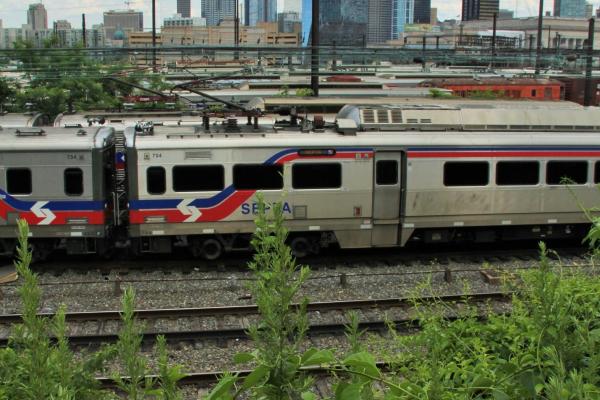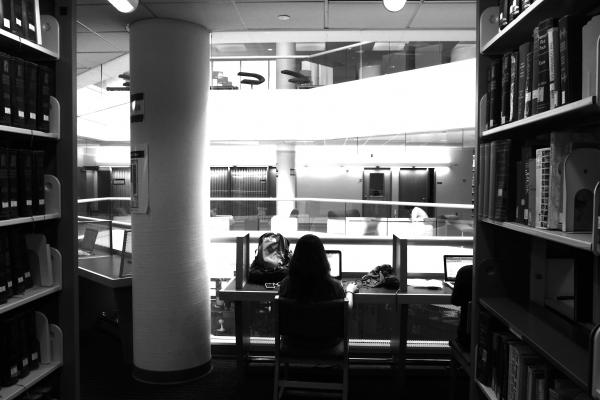Upward and Eastward Expansion
Part of
Drexel’s plans for expansion under president John Fry focus on building upward in the campus core and—in a visionary plan for long-term development—eastward over the old Pennsylvania Railroad railyards.
John Fry, Drexel’s president since 2010, adopted a conciliatory approach to the University’s relationship with Powelton Village—the University’s 2012 master plan, which involved the participation of students, faculty, and community residents, called for Drexel’s building upward in the campus core, not outward in Powelton Village. In 2014, Fry’s leadership team unveiled a visionary plan for a University City “Innovation Neighborhood,” which would include an eastward expansion of the Drexel campus.
The entrepreneurial higher education maven John Fry became president of Drexel following the unfortunate passing of Constantine Papadakis. He arrived at Drexel in 2010, having served the previous eight years as president of Franklin and Marshall College. Before that, as executive vice president at the University of Pennsylvania, Fry had played a major role in the design and implementation of President Judith Rodin’s comprehensive community development initiatives.
Launched in the mid-1990s, Rodin’s West Philadelphia Initiatives (WPI) averted, through her administration’s receptiveness to community participation, the community relations disaster that attended Penn’s 1960s-era urban renewal projects. Rodin’s leadership team, headed by Fry, consulted with community leaders at every stage of planning and development. Mindful of Drexel’s own top-down approach to urban renewal in the 1970s and the student–community insurgency it unleashed in Powelton Village, Fry’s planners adopted “a more benevolent, inclusive approach.” This time, preparatory to completing the University’s 2012 master plan, they “crowd-source[d] ideas from students, faculty, and neighborhood residents.” The urban design critic Inga Saffron assessed the plan as follows:
While most universities today tend to be in perpetual expansion mode, Drexel’s new master plan calls for consolidating its undergraduate footprint into a tighter core, in an effort to end its destructive sprawl into the Powelton Village and University City neighborhoods. The goal is to concentrate student destinations so that no campus building is more than a five-minute walk from the academic spine on Market Street.[1]
Put another way, Drexel would build upward in the campus core, not outward into Powelton Village.
Complementing the 2012 master plan, Drexel unveiled a visionary plan for an “Innovation Neighborhood” in 2014, summarized as follows: “The Innovation Neighborhood looks to expand the university’s footprint east of the campus to Thirtieth Street Station [30th and Market] and up the Schuylkill over the old Pennsylvania Railroad yards [emphasis added].”[2] According to the planning document: “Twelve acres of prime undeveloped land adjacent to the third largest rail hub along the Northeast Corridor are owned by Drexel. The land lies within an urban/residential district thriving with world class education, research, health and business leaders, driving Philadelphia’s future global brand. An estimated 6.4 million square feet of construction is probable.”[3] When an interviewer asked John Fry to imagine “the ideal state of campus and of this part of Philadelphia” in 2041 (the year of Drexel’s sesquicentennial), he confidently responded:
Drexel is the academic anchor of one of the five great innovation districts in the United States. The Schuylkill, Amtrak, and SEPTA railyard over-build has occurred. There’s another couple hundred thousand people living and working in these newly constructed neighborhoods that go all the way up to the Spring Garden bridge. That whole area is completely filled in. . . . It’s a hothouse of invention and entrepreneurship.[4]




